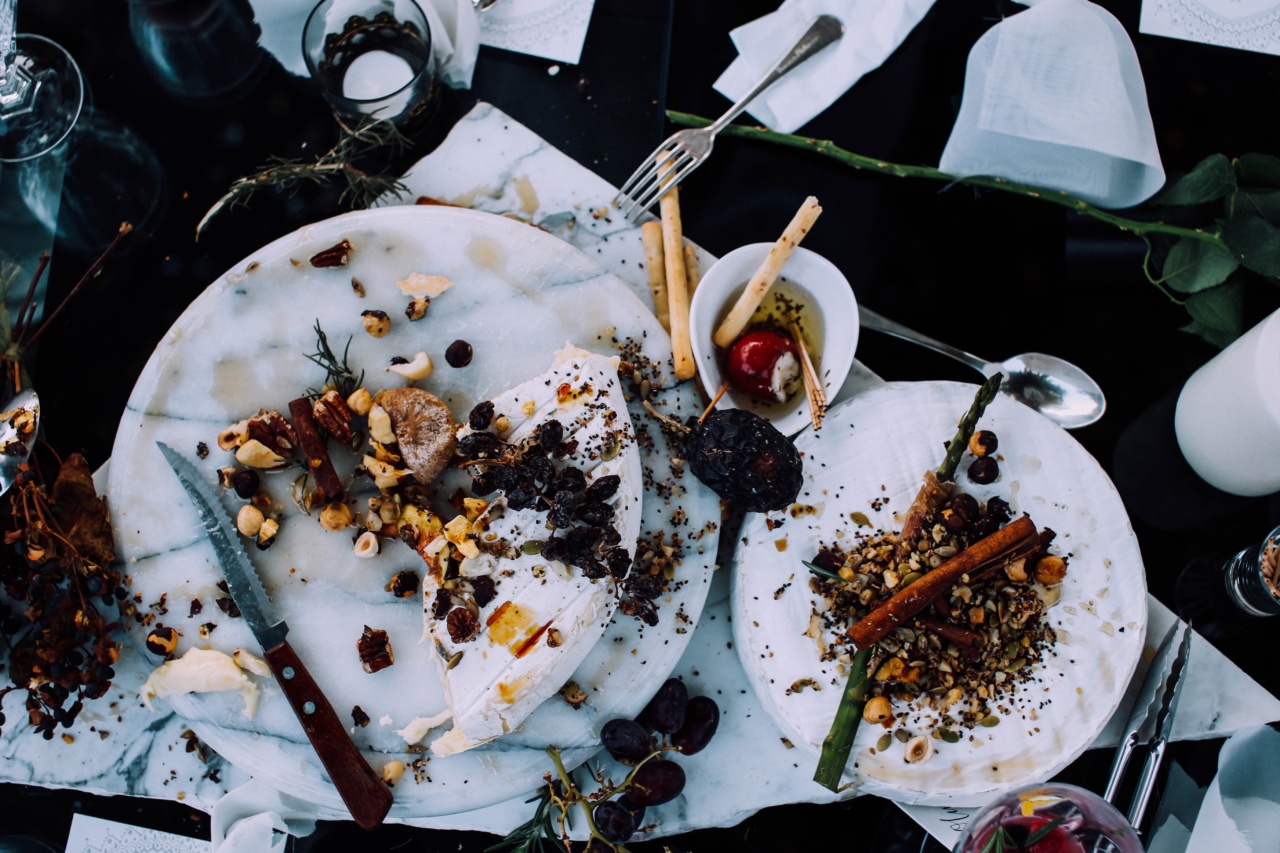From time to time, every one of us faces situations where we have cooked too much food, and we have leftovers. We are often unsure whether this food is safe to eat or if we should just throw it away.
Let’s dive deeper into the topic by shedding some light on safe behaviors for dealing with leftovers.
What Is Leftover Food?
Leftover food is food that remains uneaten from a meal, which is stored for consumption at a later time or date. It could be excess portions of cooked meals that are stored in the refrigerator or meals that we bring back home from restaurants.
There are different kinds of leftover food, and some are safe to consume. While others are not. It is essential to know how to handle and store leftovers safely to avoid health issues.
When Is It Safe to Eat Leftovers?
Leftover foods can be safe to eat under certain conditions. It is okay to eat leftover food that has been stored correctly, and within a short period of time after it was cooked.
In general, it is safe to consume leftover food within 3-4 days as long as it has been stored at the right temperature. However, some food types have different safe consumption limits.
Which Foods Are Safe to Store and Reheat?
Not all foods are created equal when it comes to storage and reheating. Safer options include cooked rice, pasta, casseroles, and soups. These are easily reheated and stored well in the fridge or freezer.
Foods that should not be stored and reheated include raw meat, fish, and poultry because they can cause food poisoning if not cooked properly. It is best to eat these types of foods fresh or within 24 hours after they have been cooked.
How to Store Leftovers Safely?
Storing leftovers correctly is the key to ensuring their safety. Here is how:.
- Use airtight containers or bags to store food.
- Avoid leaving food out at room temperature for more than two hours.
- Cool food before storing it in the refrigerator or freezer.
- Keep raw meat and poultry separated from cooked foods.
- Label leftovers with the date they were stored.
How to Reheat Leftovers Safely?
Reheating leftovers is crucial to kill any bacteria that may have grown on the food. However, not all foods can be reheated safely. Here are some tips for safe reheating:.
- Cover food with a lid while reheating it.
- Use a microwave or a stove to reheat food thoroughly.
- Do not reheat food more than once.
- Check food is steaming hot and fully reheated before consuming it.
How to Identify Leftovers That Are Not Safe?
Some leftovers may contain harmful bacteria or toxins that can be harmful to our health. Here are some ways you can tell if leftovers are not safe to eat:.
- If the food smells bad or sour, it is best to throw it away.
- If the food shows signs of mold or discoloration, it is not safe to eat.
- If the food has been stored at room temperature for more than two hours, it is best to discard it.
- If the texture of the food has changed, and it is no longer firm or crisp, it is not safe to eat.
Final Thoughts
While leftovers can be a convenient meal solution, it is essential to store and reheat them safely to avoid food poisoning or other health problems.
Remember, if you are unsure about the safety of a leftover food, it is best to play it safe and throw it away.






























